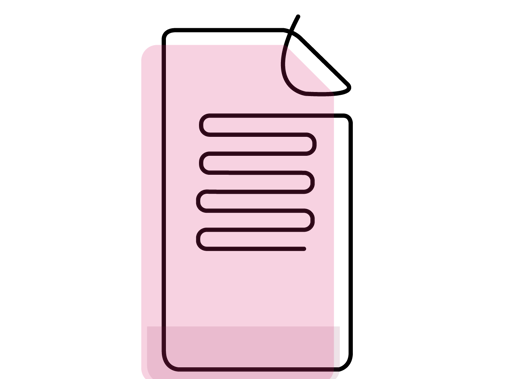Copyright infringement template documents
The BMA has created some documents (‘Template Documents’) designed to assist BMA Members and other Trade Union Members (‘Members’) in the event that media outlets have used a photographic image of the Member, taken by someone other than the media outlet itself, without the permission of the Member whose image has been used.
Please note: The BMA does not wish to be cited anywhere within the Template Documents – these Template Documents are designed to assist Members but are not sent on behalf of Members by the BMA.
- The Copyright Infringement Letter Template can be used to request that media outlets remove unauthorised photographic images of Members and to demand payment for the copyright infringement (as a result of unauthorised use of the Member’s image).
- The Assignment of Copyright Template can be used in addition to the Copyright Infringement Letter Template if the image used by the media outlet was taken by someone other than the Member (e.g., a friend) to assign copyright in the photographic image to the Member. If this document is required, it should be completed in advance of the Copyright Infringement Letter Template being sent to the media outlet, so that when the media outlet is contacted, the Member is the legal owner of the copyright in the image in question. If this Assignment of Copyright Template is used, a completed version of it should be sent to the media outlet along with the completed Copyright Infringement Letter Template.
- If the image used was a selfie then there will be no requirement for this document and only the Copyright Infringement Letter Template will be necessary.
Access and usage of BMA copyright templates documents
The Template Documents are subject to a Copyright Licence, the terms of which any Member who accesses the Template Documents will be deemed to have accepted.
Instructions for use
- Firstly, decide which of the Template Documents you need to use, based on your individual circumstances.
- Download the Template Document(s) you require and save them in a suitable location, allowing you to edit them as necessary.
- Both Template Documents contain yellow and blue highlighting:
- The yellow highlighting shows the areas where you are required to fill in the square brackets with appropriate detail, specific to your circumstances.
- The blue highlighting is drafting notes to assist you in completing the drafting of the Template Documents.
- Please ensure that all highlighting and square brackets are removed before sending the Template Documents to the media outlet.
Download template documents
PLEASE NOTE:
Use of the Template Documents is deemed to be acceptance of the terms within this Licence Agreement and Members should not download or use the Template Documents if they do not agree to the terms.
Background to copyright law
Copyright is a legal right which grants the creator of an original work, such as a photograph, exclusive rights to its use and distribution. Here are some key points to consider:
Ownership
The person who takes a photograph is generally considered the initial copyright owner, unless the photograph was taken as part of their employment or under a specific contractual arrangement.
Rights granted
Copyright gives the owner the exclusive right to reproduce, distribute, display, and create derivative works based on the photograph. Others need permission from the copyright owner to perform these actions.
Duration
Copyright protection typically lasts for the creator's lifetime, plus a certain number of years, which can vary depending on the applicable copyright protection. After that, the work usually enters the public domain.
Fair Use
In some cases, the use of copyrighted material may be considered "fair use," which allows limited use of copyrighted material without permission for purposes like criticism, commentary, news reporting, education, and research. However, what constitutes fair use can be subjective and depends on various factors.
Licensing
Copyright holders can choose to license their works to others for specific uses. This could involve giving permission for someone to use the photograph in exchange for a fee or under certain conditions.
Infringement
If someone uses a copyrighted photograph without permission and outside the bounds of fair use, it could be considered copyright infringement. The copyright owner can take legal action to enforce their rights and seek damages.
Disclaimer
It is important to note that the information provided above is a general overview of copyright law and does not constitute legal advice.

